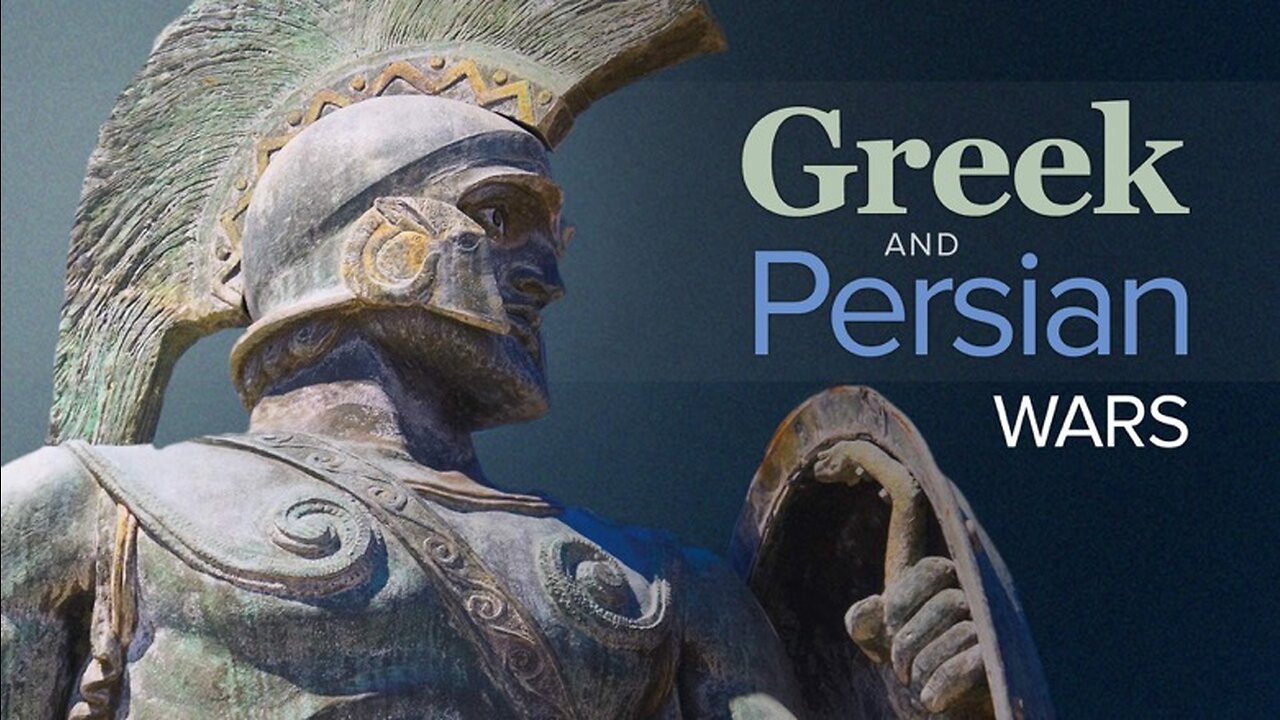Premium Only Content

Greek and Persian Wars | The Panhellenic Dream (Lecture 19)
Lecture 19: In 386 B.C., the Spartan Antalcidas and the satrap Tíríbazus worked out the terms of the King’s Peace (also known as the Peace of Antalcidas). This Spartan-Persian initiative protected the Spartans and limited resurgent Athenian expansion but at a horrible cost: The Great King of Persia had, at a stroke, been recognized as overlord of the Greeks almost without having had the trouble of fighting a war. The reactionary Panhellenic crusade, spurred by the orations of Lysias and Isocrates, sought to unite all of Greece against Persia. A key source of the Panhellenic dream was Isocrates’s epic speech “Panegyricus,” which turned Lysias’s themes into a cosmic vision by claiming that Persia suffered from malakia (“softness”) and calling for a united Athenian-Spartan leadership in a war on the Great King. Some 30 years later, with no unity in sight, the aged Isocrates appealed to a new power: the energetic King Philip of Macedon.
Recommended Reading:
Isocrates, Orations.
Olmstead, History of the Persian Empire: Achaemenid Period.
-
 30:17
30:17
The Great Courses
3 months agoDecisive Battles of World History | 1942 Midway - Four Minutes Change Everything (Lecture 34)
225 -
 12:11
12:11
Nikko Ortiz
1 day agoCrashout 6 Rumble
23.1K3 -
 24:39
24:39
GritsGG
11 hours agoINSANE Ranked Game on Warzone!
2.42K1 -
 LIVE
LIVE
Lofi Girl
2 years agoSynthwave Radio 🌌 - beats to chill/game to
181 watching -
 5:52:00
5:52:00
Akademiks
7 hours agoWAR IN ATLANTA Episode 5. YOUNG THUG FIRST INTERVIEW about SNITCHING, GUNNA... BREAKS DOWN CRYING!
147K6 -
 7:30:25
7:30:25
SpartakusLIVE
11 hours agoVerdansk Duos w/ Nicky || Saturday Spartoons - Variety Later?!
51.7K1 -
 1:38:47
1:38:47
Badlands Media
1 day agoDevolution Power Hour Ep. 387: Trump, Epstein, Durham Mysteries, and North Korea Ops
84.3K20 -
 1:05:23
1:05:23
Man in America
14 hours agoSoaring Gold Exposes the Imminent Crash of the Old System w/ John Perez
43.3K7 -
 2:42:40
2:42:40
TruthStream with Joe and Scott
15 hours agoTHOMAS AND GROK: AI, Bible decodes, The JESUS Cube live 9/6 #487
29.9K4 -
 2:34:46
2:34:46
BlackDiamondGunsandGear
9 hours agoGet Prepped / After Hours Armory / LIVE SHOW /
20.2K1